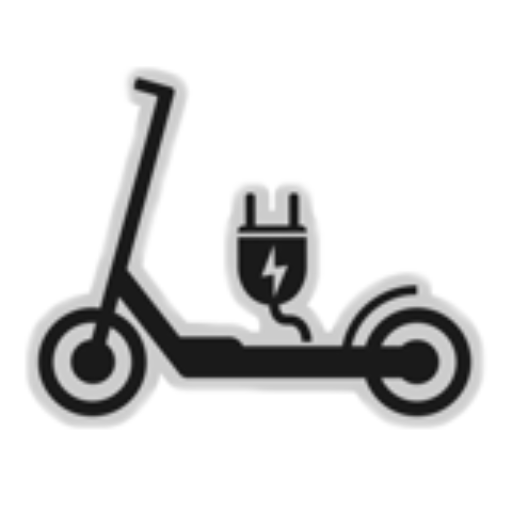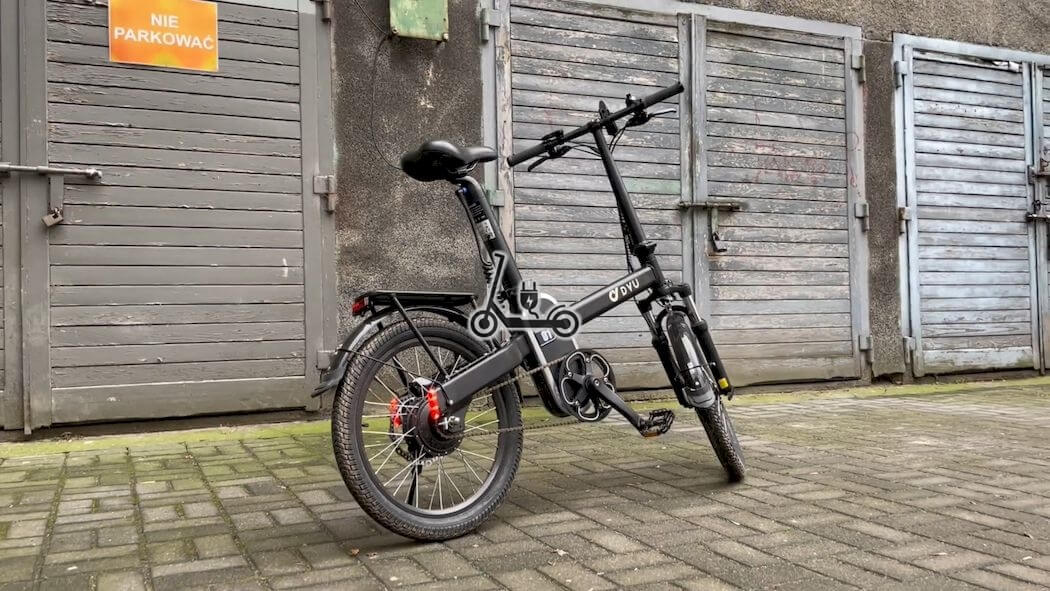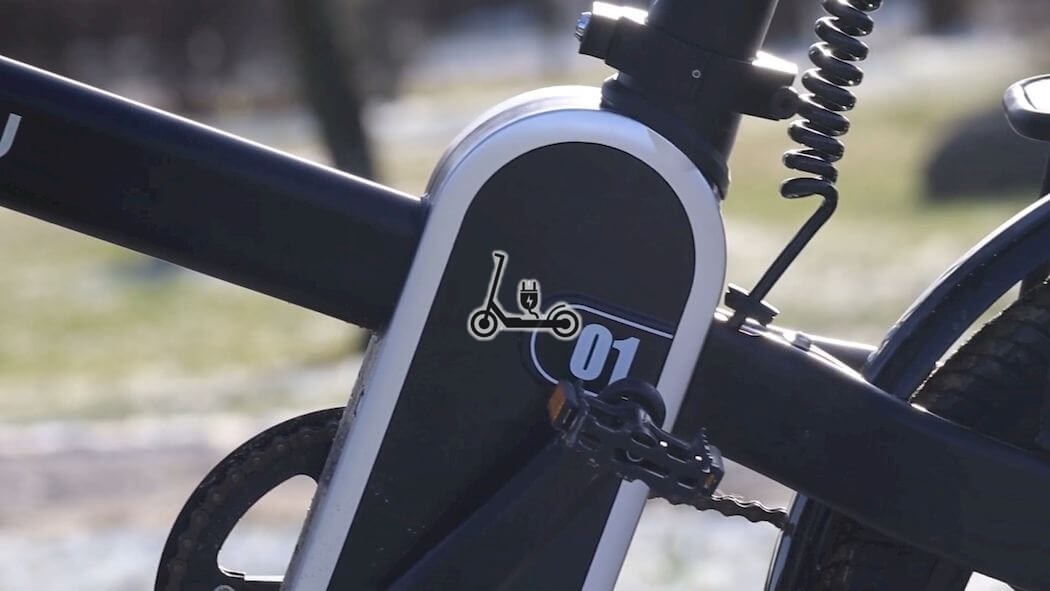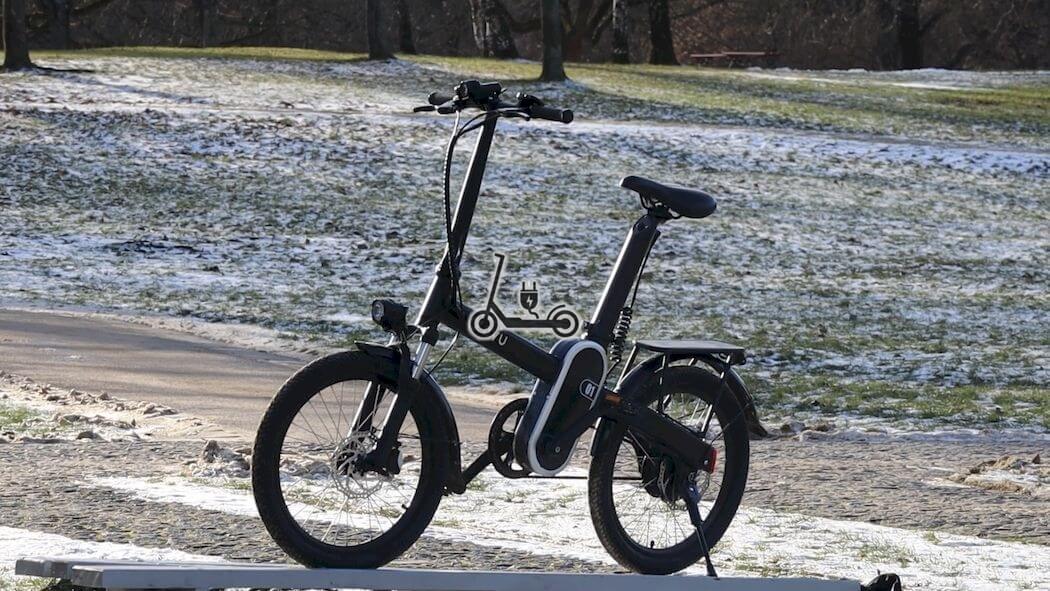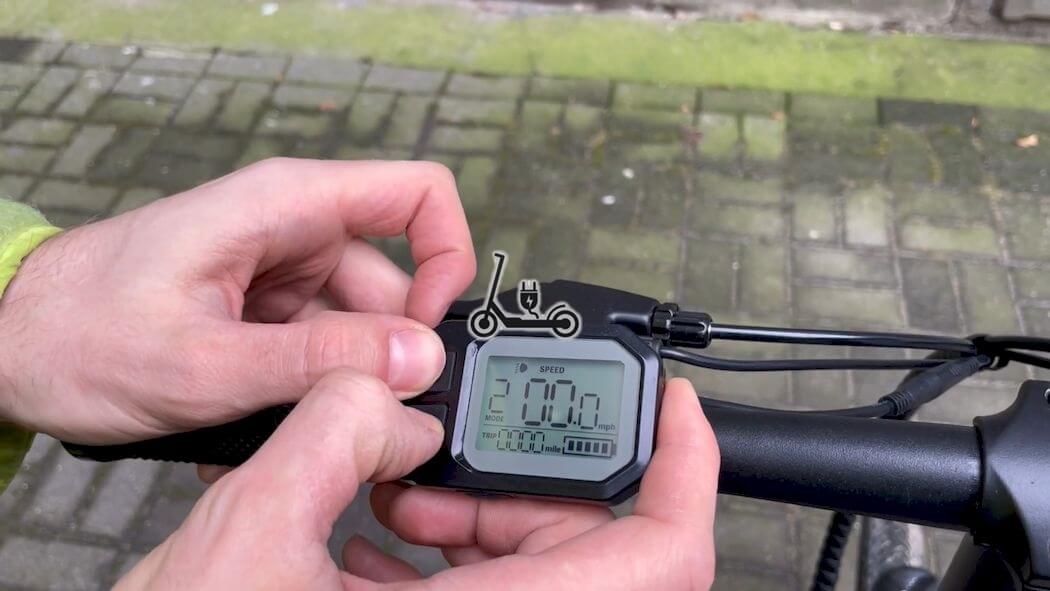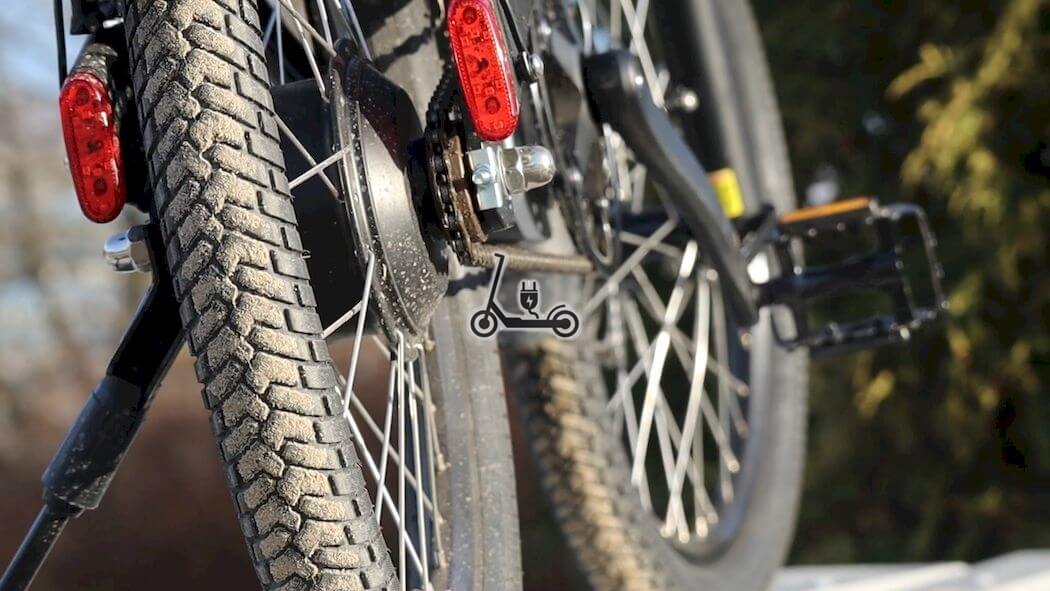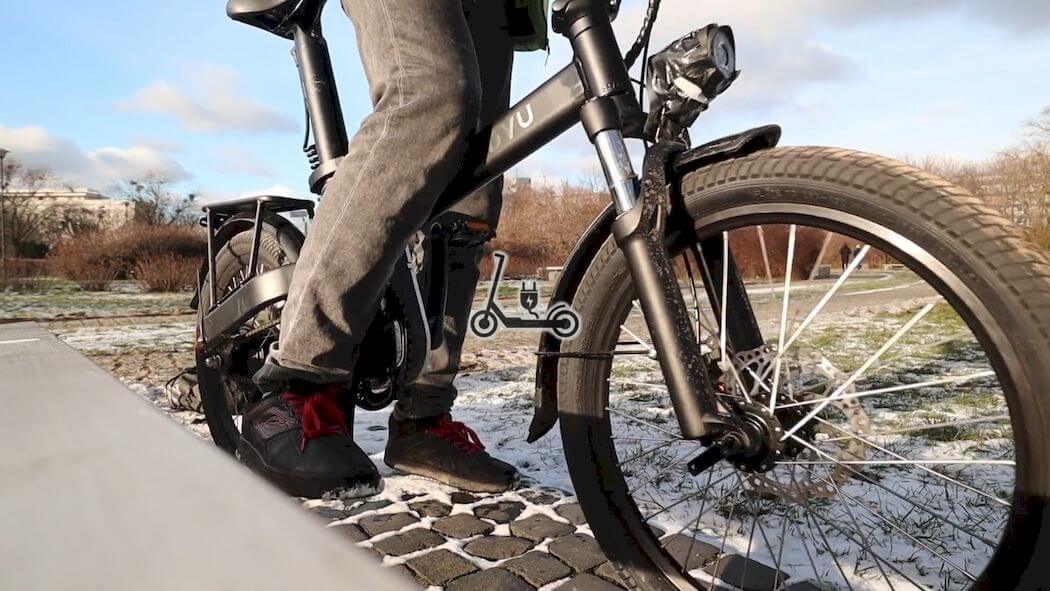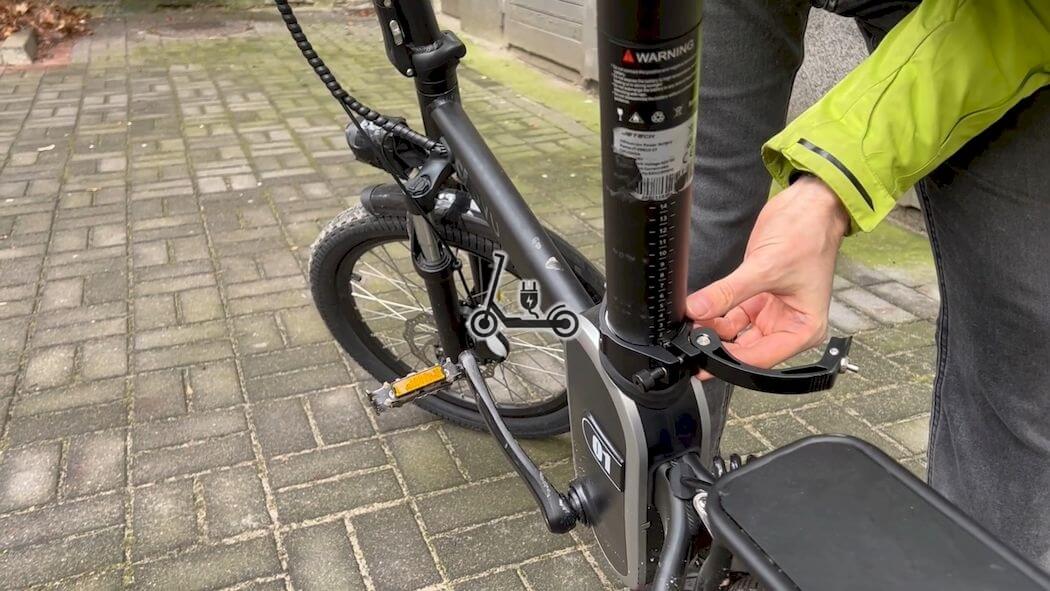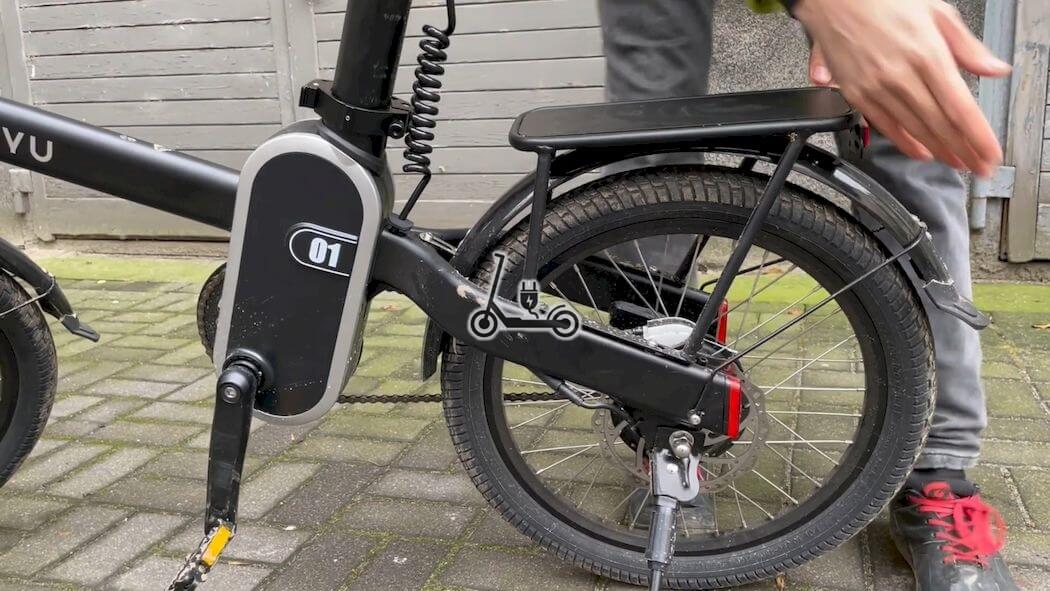An expensive premium electric bike, which typically costs $2,000, is not something that everyone can afford. What if, though, you could pay half that much and yet get a decent-enough e-bike that you can throw into the trunk of your vehicle, roll-aboard a train, or bring home to your fifth-floor walkup? With the newest foldable e-bike from the Chinese company DYU, which has lately started selling straight into the European and North American markets, I was hoping to discover that.
The DYU R1 checks all the right boxes: it can be purchased for as low as $729.99, has a range of up to 100 kilometers, and collapses into a compact transportable container. And it looks good too.
Although it doesn’t fold in the middle of the frame like a conventional folding e-bike, the handlebars do fold down.
In other words, you may still lower the height of the bike to more easily put it under a desk or in the backseat of a car.
However, the bike has all the functionality you’d anticipate from a 20-wheel electric bike when it’s fully extended, including front suspension and a rear rack. Even some intriguing security elements have been incorporated onto the bike. But how excellent is it?
| Brand | DYU |
| Model | R1 |
| Tire | 20 inch |
| Motor Power | 36V 250W Brushless D.C.Motor |
| Motor Rated Speed | 280r/min |
| Max Speed | 25 KM/H |
| Assist Mode Mileage | 25KM |
| Battery Capacity | 36V 5Ah |
| Battery type | Lithium Ion Seat Tube Battery |
| Charging Time | 3-4 Hours |
| N.W. | 20.1 KG |
| Max load | 150 KG |
| Color | Black |
| Material | Aluminum Alloy |
| Brake | Front & Rear Dual Disc Brakes |
| Sensor | Toque Sensor |
| Lights | Rear and Front Lights |
| Horn | yes |
| Gradient | 15° |
| Usage Temperature | -10— 45 ℃ |
| IP Rating | IP54 |
| Packaging Size | 1290 x 260 x 635 MM |
| Folding Size | 1530 x 220 x 720 MM |
| Spread Size | 1530 x 570 x 1140 MM |
| Height of seat | 20inch-23.6inch(50-60CM) |
| Height of handlebar | 43.3inch (110CM) |
DYU R1: Design and Build Quality
I was instantly at a loss for how to elevate the handlebar stem after I was freed from the constraints of the polystyrene waste and the roughly a dozen tie-wraps. Following the English construction instructions sequentially would have severed a brake cable because they are at most rudimentary. Fortunately, I caught sight of the handlebar rotation that had occurred while packing or during the trip, causing the brake line to become taut. The handlebar was easily raised into place by rolling it back into place with a flip of the fast release clasp, which left adequate slack in the line. I then fastened the pedals and secured everything. I then put the battery on charge.
Additionally, the rear disc brake has a clever tiny lockdown that stops the rear wheel from rotating. This implies that nobody can take off on your bike. Sure, they could load it into a truck, but it would at least lessen the chances of someone stealing an opportunity after seeing a nice-looking bike while passing by.
Speaking about attractive, the design has a few interesting elements. The tail lights are integrated into the rear dropouts, which makes the e-bike appear much more upscale. Although they didn’t design it as slickly as Harley-Serial Davidson’s 1 electric bikes with integrated dropout tail lights, you could purchase five of these DYU R1 e-bikes for the price of one Serial 1.
Because the batteries and seat can be pushed through the frame almost to the ground rather than standing out like a flagpole, the R1 can fold up nicely and compactly. In order to meet minimal volume claims, some, more costly folding bikes force you to carry the battery separately when deflated or necessitate a few more steps to arrange and secure the seatpost.
Even with an external bike lock, there is no simple method to lock the battery or the seat. It follows that you must either bring it with you while parking outside a store or café or run the danger of having the battery or seat stolen, which would result in a humiliating and expensive journey home.
The e-bike provides an undeniably comfortable ride thanks to the supportive seat and quick pedal assist. That’s crucial for a daily-use e-bike like the sort needed by city commuters. This is intended to be an everyday errand runner, not a weekend warrior. So the ride had better be enjoyable. It is, too.
With a seat post battery like this, I’m simply not sure how feasible that is. Even if the design is cool, the capacity is definitely constrained.
The black R1 looks rather great when it is assembled. Although the $3,499 Brompton Electric is more iconic, its folding mechanism is superior. DYU R1 e-bikes can outfit a family of five for less than the cost of a single GoCycle GXi, however they aren’t as stylish or cutting-edge as a GoCycle.
DYU R1: Motor and Driving
As long as you stay in the bike lanes when riding a city bike, the pace feels reasonable. Expect will not be flying off the line or through the air on any significant leaps because the motor is just 250W. Although the performance is adequate, this is hardly a rocket. In the bike lane, a hipster on a fixie will definitely pass you, but at least you’ll be peddling much more comfortably.
However, given that DYU chose to adhere to the 25 km/h restrictions set by Europe and Asia, its peak speed isn’t exceptionally fast (15.5 mph). I fiddled with the display settings, but I wasn’t able to quickly discover a method to get more speed out of it.
During my first ride, it rode better than I had anticipated, and I couldn’t stop grinning. The R1 has a top speed restriction of 25 km/h (16 mph), but that’s okay because it was designed for European city commuters. Just like the DYU D4, the R1 speed limit may be overridden with a cheat code.
The R1 has a throttle that doesn’t require any pedaling at all and three pedal-assist settings. I found that Pedal-Assist Mode 3 (Max) best complemented my aggressive riding style. Even in the lowest pedal-assist levels, the motor does whine, but it’s not horrible (I’ve definitely heard worse), and the power delivery may occasionally seem jerky. That’s because the R1’s power delivery is slowed down by using a cadence sensor rather than a more costly torque sensor. If you don’t mind your quads doing the work, the seven-speed Shimano transmission allows for rapid launches off the line and speeds far in excess of 25km/h.
What is it, then, if it’s not an e-bike for traveling quickly or far? I think this e-bike makes a terrific little runabout for the city. When it comes to charging, the integrated battery in the seat post is easy to remove, and if you don’t want to carry the battery inside, you can lock it to the bike (and again, prevents someone from stealing your seat). The seat post lock’s sole drawback was that it might be tricky at times to line up the lock with the pin exactly. In some situations, it took a few seconds of raising or lowering the fast release lever before the locking pin located and placed itself.
The cruise control ultimately activates when the throttle is held down, but only after the vehicle achieves the top motor-assisted speed. After then, you may let go of the button and simply enjoy the trip. You may cycle more quickly, and when you slow down again, the motor will finally turn back on. It’s a really useful function.
DYU R1: Battery and range
No matter how great the trip is, a 180Wh battery just won’t last that long. With pedal assistance, 25 km (15 miles) is a respectable distance (keep in mind that there is no throttle here, so the bike is really pretty efficient), but you could get less if you consistently use the strongest pedal assist setting. So, if it’s feasible, I’d want to see a somewhat larger battery.
DYU R1: Conclusion
The R1 is affordable for an e-bike you may use every day at $729.99, but it’s still a sizable investment that raises expectations for durability. Sadly, here is where I have some reservations. After only two weeks of testing, I already have an issue with the saddle: despite tightening it as far as I can, everytime I hit a bump, the seat quickly and uncomfortable tilts upward a notch. Additionally, the mount is not a stock component I can purchase from any old bike store because the saddle is built into the battery.
But for $999, what more could you possibly want? My opinion is that a torque-sensor e-bike with integrated lights, front suspension, a rack and fenders, a practical seat post battery, and other cool security measures is a good value. No matter how reasonably priced, the DYU R1 won’t work for you if you want a quicker or more potent e-bike.
However, DYU could have what you’re searching for if all you want is a cheap, basic e-bike for the city that won’t take up too much space in an apartment but has more features than the most budget Amazon e-bikes.
Making warranty claims on the motor, controller, and electronics of the DYU R1 as a newcomer to the global market and obtaining replacement parts would probably be difficult even under the best of circumstances. Since there is a shortage of the widely used generic parts for e-bikes like the R1 and couriers are overburdened with delivery, the pandemic further complicates matters. On my test R1, I’ve learned to deal with the items that require maintenance, but if I had spent $729 and had support needs for a bike that was just two weeks old, I may not be so at ease.
Although the bike’s design is a little peculiar, it functions effectively and is reasonably priced. That’s what I want in an electric bike—something that offers me more than I anticipate at a fair price.
It won’t be able to compete with the expensive e-bikes, but it isn’t aiming to. It just seeks to complete the task, and it does it admirably.
